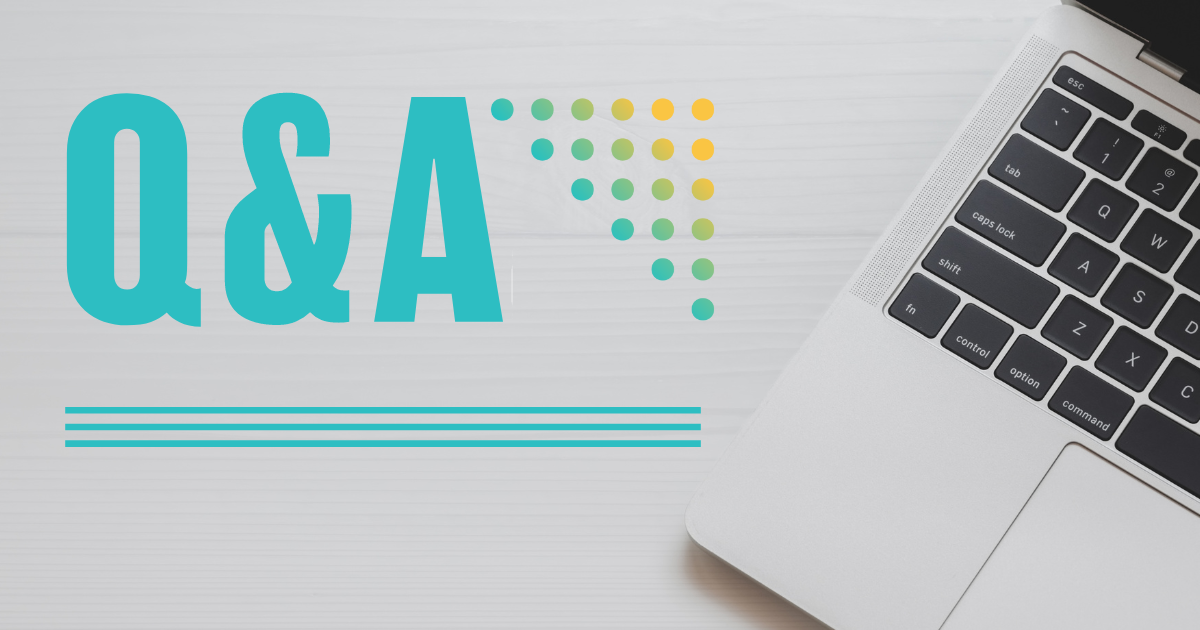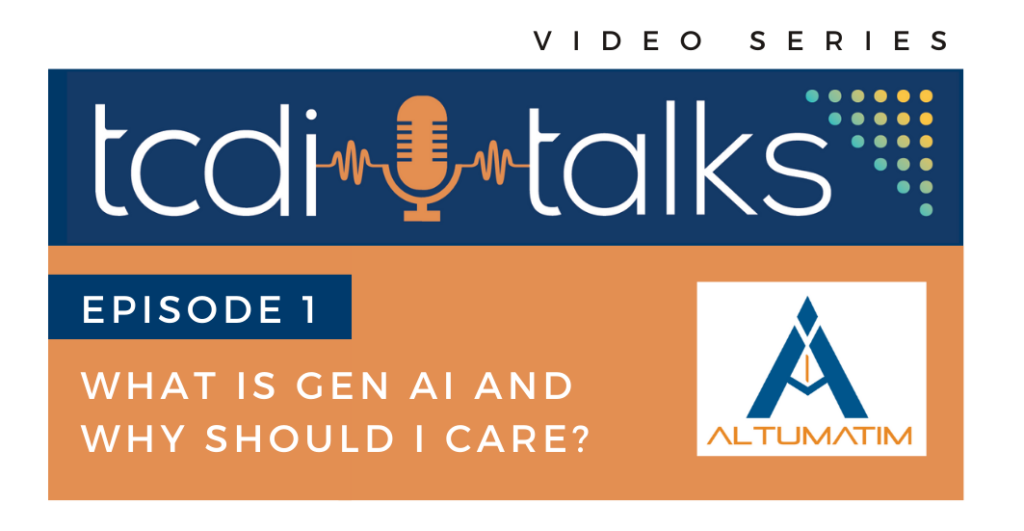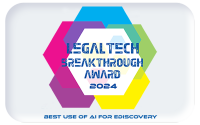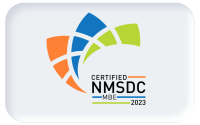
Can you tell us a bit about your background and how you became an expert in AI and large language models (LLMs)? What drew you to this field?
I do not consider myself an expert in AI or LLMs. I have become adept at using different types of AI, including LLMs, in particular ways to solve specific problems. My undergraduate studies in electrical engineering included computer logic design, pattern recognition, and machine vision. At various times during my career as a patent attorney, I worked on inventions that involve neural networks.
Each of those experiences gave me a base to work from to quickly gain an understanding of the capabilities and limitations of LLMs, which one needs to appreciate in order to develop real-world solutions. I have always been interested in knowing how and why things work the way they do. A career in intellectual property is a perfect fit for someone with such curiosity. I suppose twenty-five years of constantly seeing invention and interacting with innovators inspired me to develop new technologies.
In simple terms, what exactly are AI and LLMs? How do they work at a high level?
AI can be considered an entire field of endeavor rather than any specific technology. It encompasses a variety of systems and algorithms that enhance, simplify, or automate processes that require some level of intelligence. As you drill down into the specific layers or types of AI, you encounter machine learning, which includes algorithms and models that computers execute for pattern recognition and prediction. For example, video streaming services use machine learning to give you recommendations based on what you have watched.
Deep learning is a particular type of machine learning that uses multi-layered neural networks for learning hierarchical relationships and complex patterns within data. If you have used Amazon’s Alexa or Apple’s Siri, you have interacted with a deep learning system.
Generative AI is a subset of deep learning capable of generating new content based on the underlying patterns and structures of the training data. LLMs are a particular kind of Generative AI model that have been trained on massive amounts of text and use statistical predictions of what words to use based on learned patterns to produce human-like expressions in sentences and paragraphs.
What are some of the key capabilities of modern LLMs? What kinds of tasks are they well-suited for?
Some of the key capabilities that enable LLMs to assist legal professionals with analysis include:
- Accurate language translation
- Pattern recognition
- Conducting an analysis in a specified order of steps
- Applying implicit knowledge from the training data in a manner that resembles human reasoning
- Connecting a plurality of data points in a process similar to human inference.
Other important capabilities assist with generating work product, such as summarizing, paraphrasing, drafting, and
recommending text for a variety of purposes. I believe that LLMs are best used for discrete tasks when given specialized instructions. A generalized approach to a problem typically will not yield satisfactory results, especially where precision and thoroughness are important.
Looking forward, where do you see the technology heading in the next 5-10 years? What exciting developments or applications do you anticipate?
I believe the practice of law and delivering related services will be a very different experience. I can imagine systems that are conversational and allow you to talk with a machine that performs analysis or generates content (text, video, or other media) in real time as you are talking, allowing you to make changes on the fly.
We will have the ability to generate work product in formats and at speeds that will allow us to serve our clients with higher levels of professionalism. I also expect the high-touch, low-value work to be automated, which will allow legal professionals to focus on the more intellectual and satisfying aspects of the practice providing more work satisfaction and better results for our clients.
What are some of the key challenges or limitations with current AI/LLM technology that legal professionals should be aware of?
I hope that everyone is aware at least on a superficial level that we need to guard against hallucinations and inconsistencies, which are inherent characteristics of LLMs.
In your opinion, what is the one key thing that everyone should understand about AI and large language models?
They already provide significant benefits to legal professionals and their clients and can be extremely effective when used appropriately. That is going to continue and increase with new use cases and expanded capabilities, but there are limitations that prevent AI from replacing humans entirely.
The legal profession is one that requires knowledge, experience, and strategic thinking. LLMs do not have either of the latter two and are not capable of acquiring them. To the extent that LLMs have “knowledge” based on their training data and the context presented by a user, they do not have the ability to truly understand what they “know.”
Instead, their analysis and output are based on statistical probabilities and previously recognized patterns, which are no substitute for the professional insight and judgment required to effectively represent a client.






